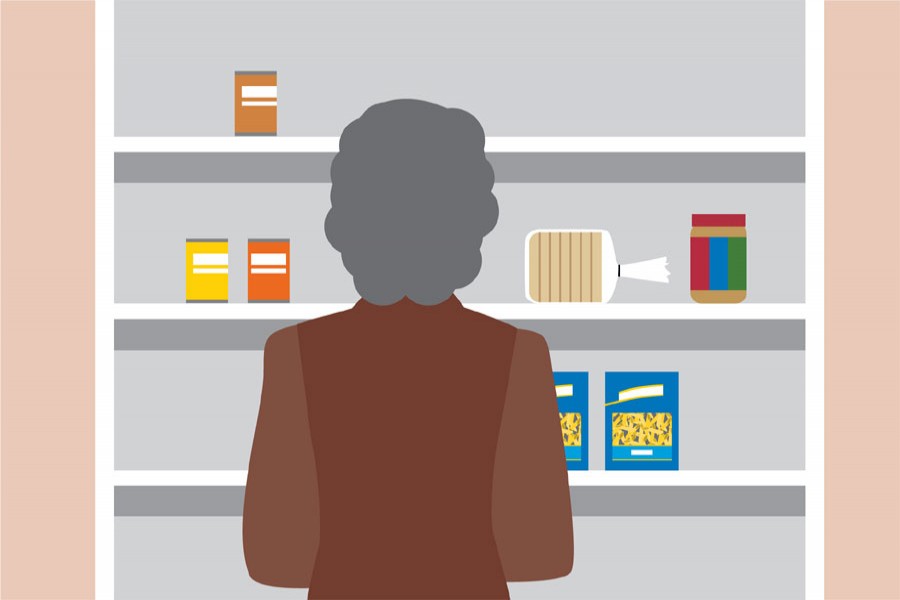Bangladesh most food insecure country in South Asia, report shows

Published :
Updated :

Bangladesh is the most food insecure country in South Asia and the third-most food insecure country in the Asia-Pacific region, according to findings from the Global Food Security Index (GFSI) published by the Economist Intelligence Unit, reports futuredirections.org.au.
The findings also show that Food security has declined in Bangladesh for the second year in a row.
The GFSI found that food affordability is one of the main drivers of food insecurity, with all indicators of affordability below the global average (especially the number of people below the poverty line, access to markets and food safety net programmes). Additionally, several other indicators are significantly below average, including dietary diversity, micronutrient availability and the protein quality of diets. The ‘natural resources and resiliency’ category (which measures a country’s vulnerability and resilience to climate change) also measured severe shortcomings for Bangladesh.
Though the last two years have seen a decline in overall food security, Bangladesh has made remarkable progress overall over the last few decades. Bangladesh has a rapidly growing economy and poverty has fallen from 85 per cent in 1972 to nine per cent in 2018. It is on track to leave its least developed country designation by 2024. Food insecurity has also fallen since 2000. While progress has been promising, roughly one-quarter of the population is food insecure and 11 million people suffer from acute hunger. Undernourishment is high, with 14 per cent of children wasted (low height for weight) and over one-third are stunted (low height for age, which is an indicator of poor nutritional status). Poor food security is especially high in slums where around half of the child population is stunted.
Despite these considerable improvements, the progress that Bangladesh has made over the past few decades is precarious. As the GFSI noted, Bangladesh is highly vulnerable to the effects of climate change. Its vulnerability stems largely from its position in the low-lying Ganges-Brahmaputra-Meghana delta, as well as its high population density. Bangladesh experiences almost every type of adverse climate event, including floods, cyclones, drought and sea level rise. Adverse climate events appear to be occurring more frequently. There have been four floods over the last twenty years that would once have been classified as one-in-twenty-year floods themselves, which correlates with predictions made by climate modelling. Cyclones are also predicted to become more intense (although not necessarily more frequent) and dry seasons are becoming longer in parts of the country, especially the north-west.
In the nearer-term, the effects of the Covid-19 pandemic have had significant impacts on Bangladeshi food security. During the March-June lockdown, severely food insecure people reported going a full day or more without eating, while 70 per cent of farmers reported difficulties accessing agricultural inputs.
Even after the lockdown ended, the Bangladeshi economy has continued to struggle. The chaos created by the pandemic also threatens trade and the garment industry. Much of Bangladesh’s rapid economic development has been driven by its garment industry – the sector employs 4.4 million people and 80 per cent of export earnings are dependent on the garment sector, meaning that slowdowns in trade are likely to have serious effects on Bangladesh’s economy. Growth was predicted to be the lowest since 2009 in 2020, while poverty has doubled and stimulus packages have failed to reach the most vulnerable. As impressive as the country’s development has been over the last few decades, 2020 exposed serious vulnerabilities in the country’s food security and poverty alleviation efforts. Vulnerabilities that are unlikely to be easily overcome, presenting a considerable risk to long-term food security.


 For all latest news, follow The Financial Express Google News channel.
For all latest news, follow The Financial Express Google News channel.